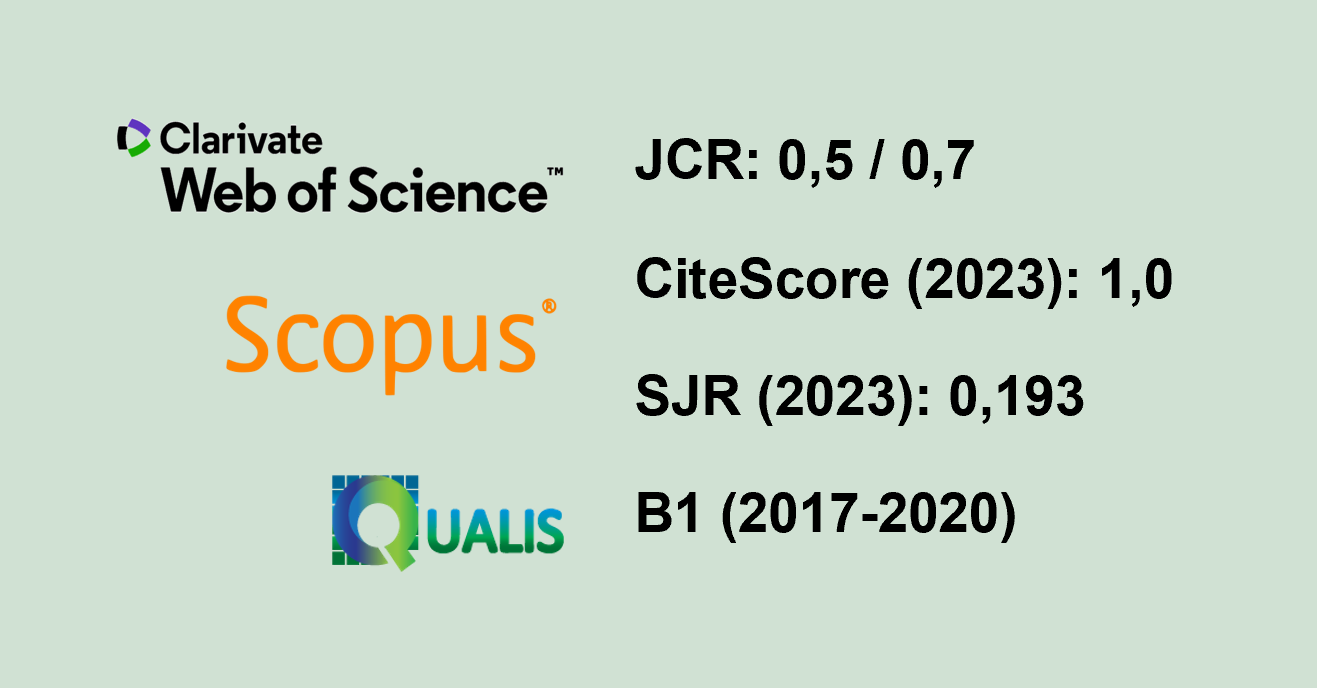EDGE INFLUENCE OVER FUNCTIONAL TREE TRAITS IN AN ATLANTIC FOREST REMNANT
Keywords:
Wood density, Tropical rainforest, Habitat fragmentationAbstract
Habitat fragmentation is one of the leading causes of edge genesis and its effects. Functional tree traits such as wood density, height, and diameter are essential variables from which it is possible to infer several ecological processes. This study assessed the variability of the functional traits of trees over two habitats (edge and interior) of a forest remnant. The hypothesis tested were i) the functional traits would have lower values at the edges than the interior, and ii) environmental variables would influence such differences. This study was carried out in the largest Atlantic Forest remnant within Serra da Tiririca State Park, Brazil, by establishing ten plots (50 × 20 m) among different habitats. Within each plot, wood samples were taken from all trees with a diameter of ≥ 10 cm. It was recorded the altitude, distance from the plots to the edge, and fire records as possible explanatory variables (environmental variables). Wood density was obtained using the immersion method. To verify differences in functional traits by habitat, the Wilcoxon test was applied. Additionally, the influence of explanatory variables on functional traits through generalized linear models was evaluated. One hundred eighty-five trees were recorded at the edges and 218 trees at the interior of the remnant. Wood density and tree height were significantly lower in the edges than in the interior. Furthermore, the best models indicated significant relationships between wood density and habitats, as well as diameter and distance to the edge. This study was effective in raising suitable variables to predict edge effects.
Keywords: Wood density; Tropical rainforest; Habitat fragmentation
Downloads
Published
How to Cite
Issue
Section
License
Copyright (c) 2022 Revista Árvore

This work is licensed under a Creative Commons Attribution 4.0 International License.
All authors agreed to submit the work to Revista Árvore and granted the exclusive license to publish the article. The authors affirm that it is an original work and has not been previously published elsewhere. The scientific content and opinions expressed in the article are the sole responsibility of the authors and reflect their opinions, not necessarily representing the opinions of the editorial board of Revista Árvore or of the Society of Forest Investigations (SIF).




